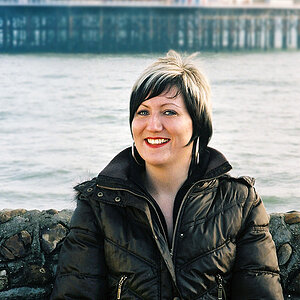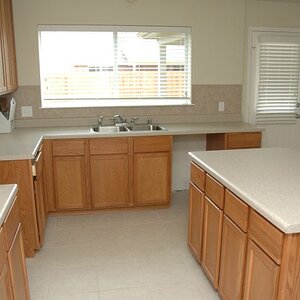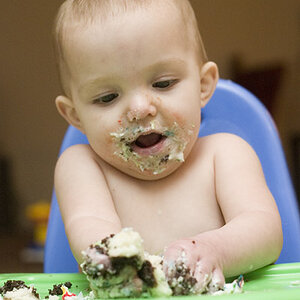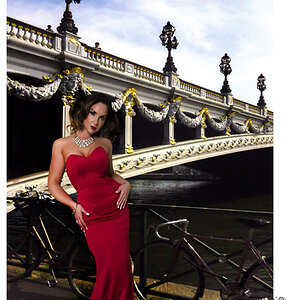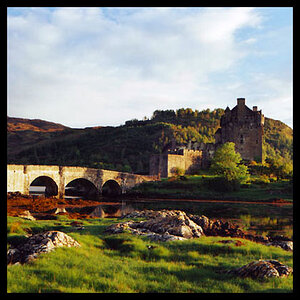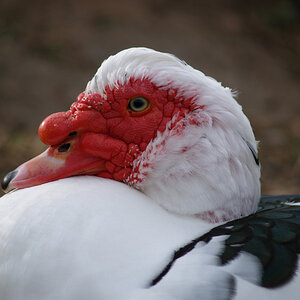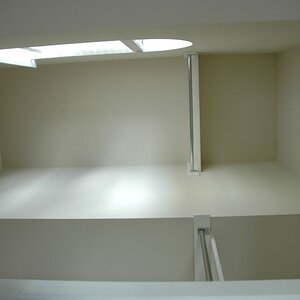dannylightning
Been spending a lot of time on here!
- Joined
- Mar 23, 2014
- Messages
- 2,322
- Reaction score
- 770
- Location
- Akron Ohio
- Can others edit my Photos
- Photos OK to edit
when the camera flash is being used I cant get a shutter speed faster than 1/200, that is the fastest the camera will let me go when the on camera flash is being used.
for what I am trying to achieve I need a faster shutter speed and I need a flash. my on camera flash is turned down all the way and it needs to trigger the speed light to flash.
I found a cool video where you set your shutter speed to a point where you take a pic and you get a pure black image. than you use a speed light on the object you want to shoot and you get a pic of that image and a pure black background even in day light.
I wanted to try that out but I need a shutter speed to be much faster but the camera will not let me, any way to change that so it will let me have a faster shutter speed when a flash is being used.
for what I am trying to achieve I need a faster shutter speed and I need a flash. my on camera flash is turned down all the way and it needs to trigger the speed light to flash.
I found a cool video where you set your shutter speed to a point where you take a pic and you get a pure black image. than you use a speed light on the object you want to shoot and you get a pic of that image and a pure black background even in day light.
I wanted to try that out but I need a shutter speed to be much faster but the camera will not let me, any way to change that so it will let me have a faster shutter speed when a flash is being used.



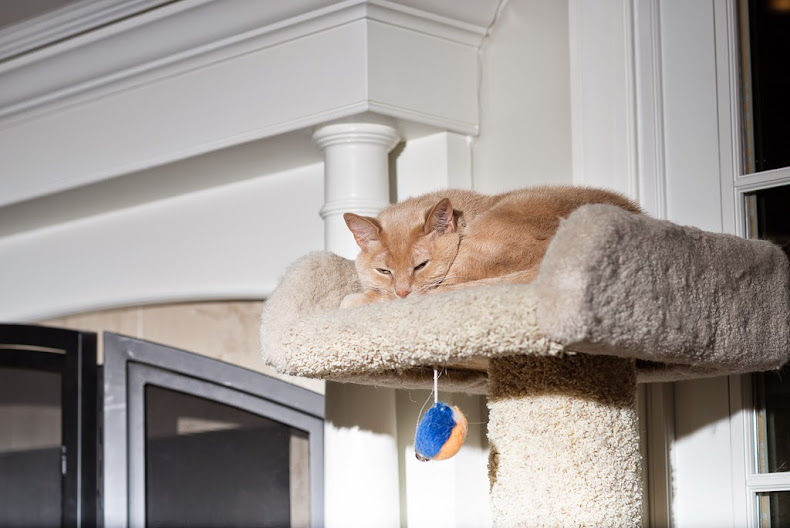
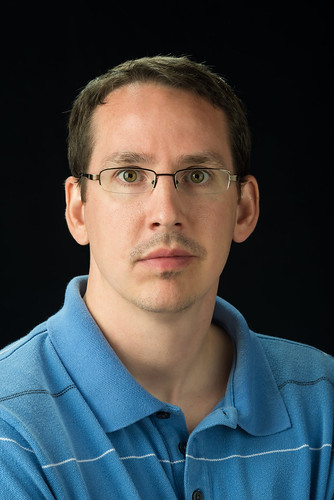

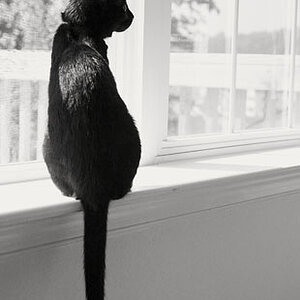
![[No title]](/data/xfmg/thumbnail/37/37636-e02c7efccb426a8951ed97a37c0f9307.jpg?1619738157)
